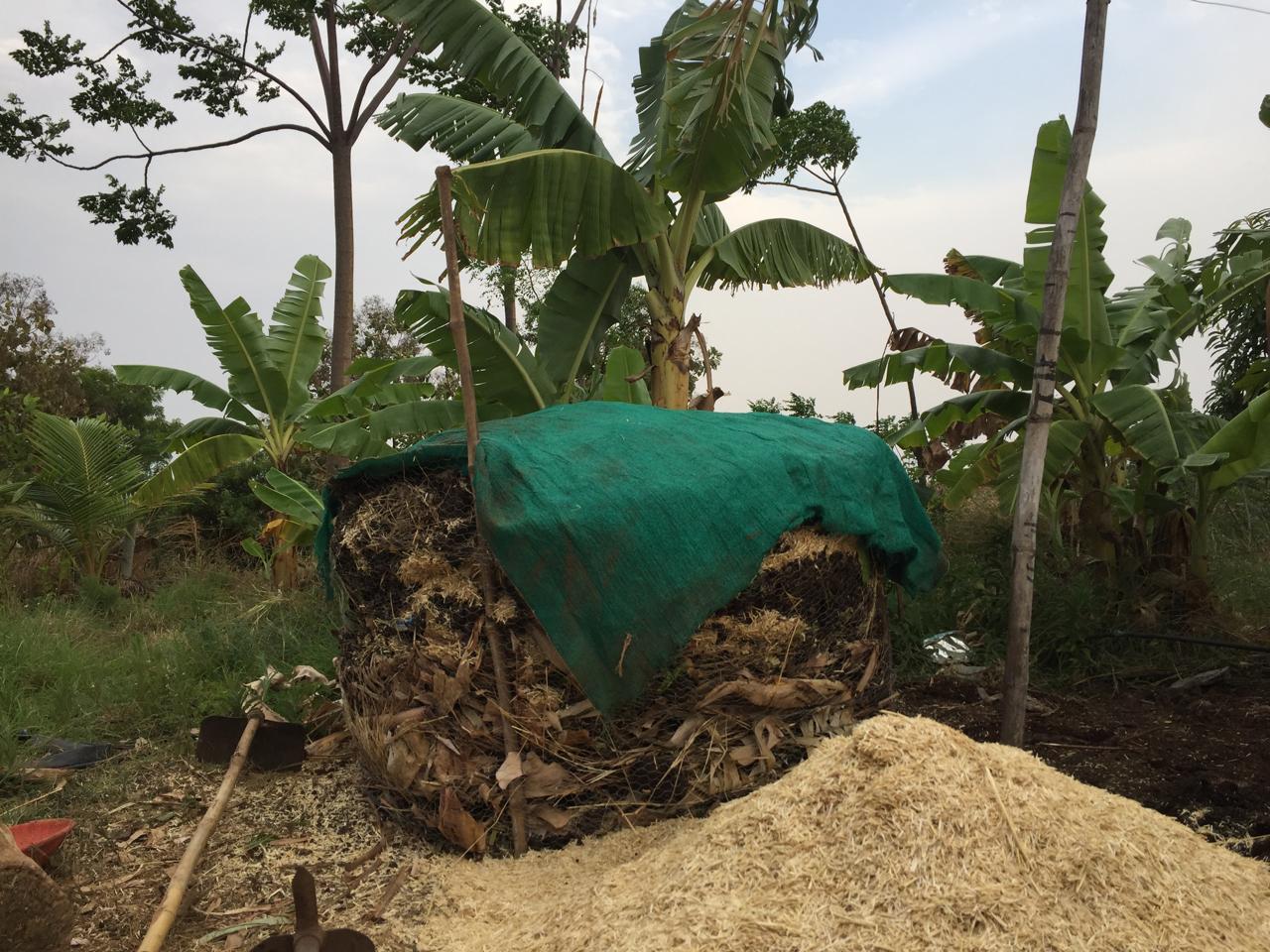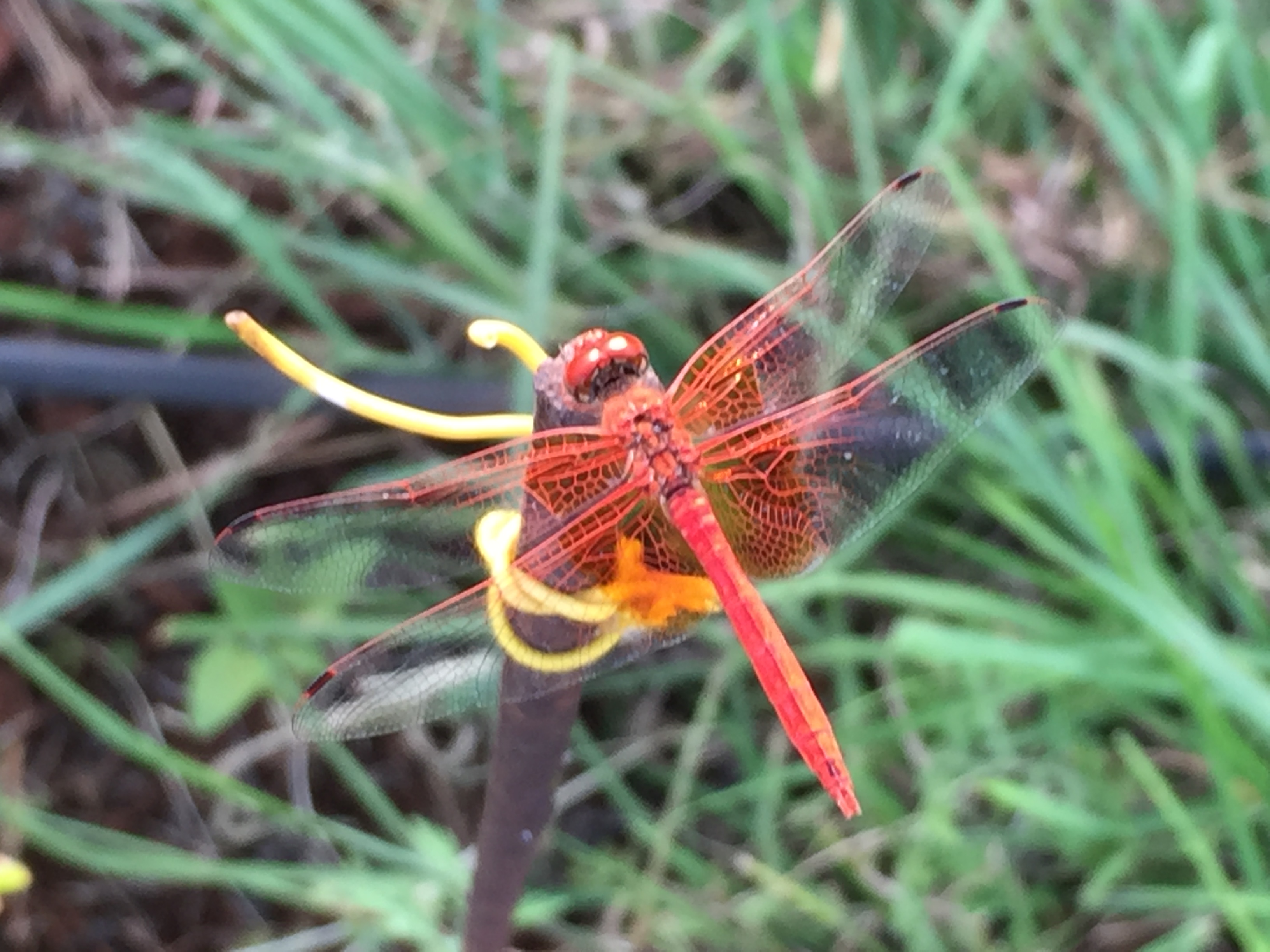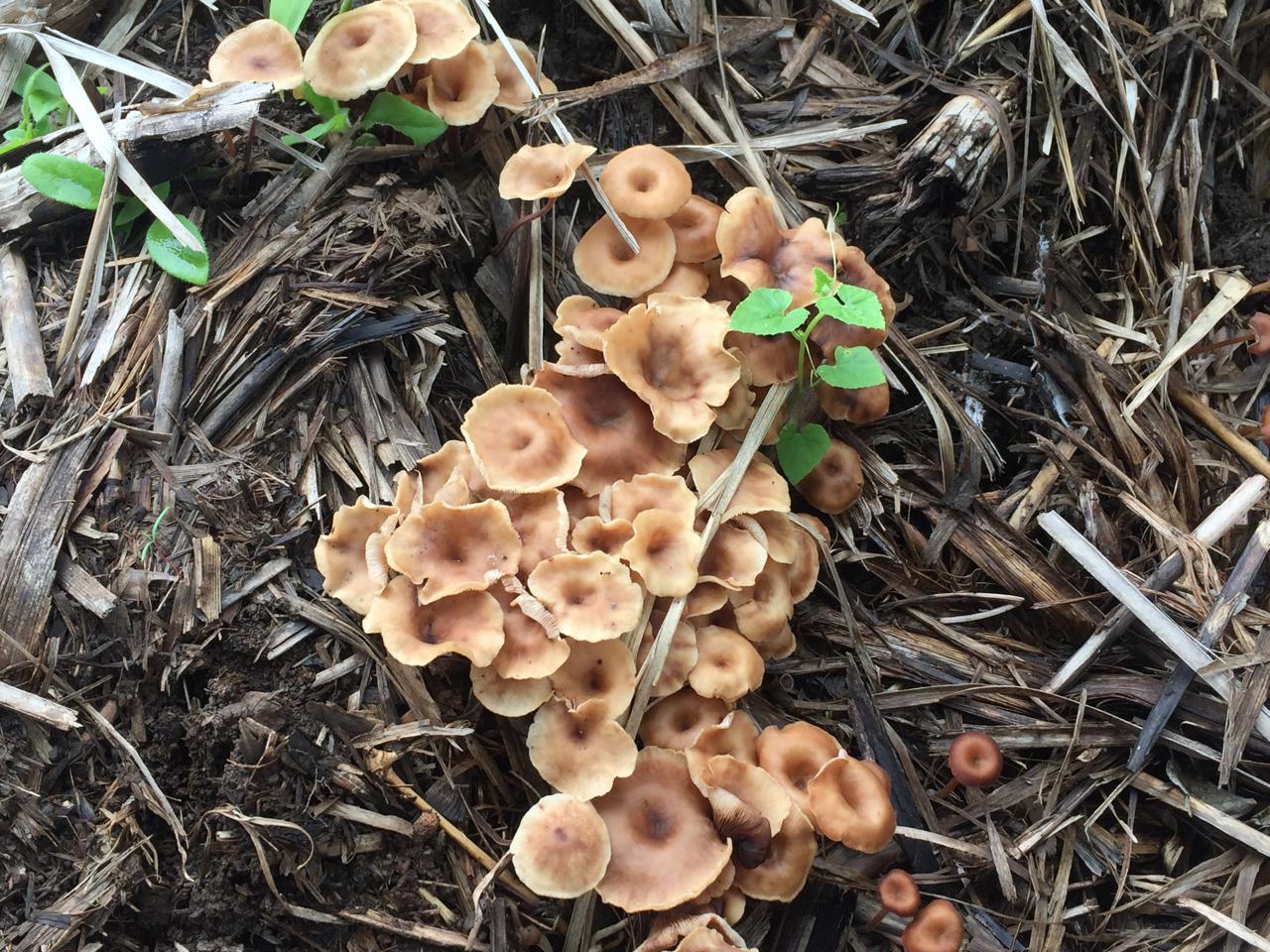When you walk through a field or glance into your garden, what catches your eye first? For many of us, it’s the weeds. Those persistent plants that seem to show up uninvited, growing where they weren’t planted, often threatening to overtake our vegetables or flowers.
We tend to see them as symbols of messiness, of nature gone a bit wild. But if we pause, if we really look, we might begin to notice something else. These so-called weeds may not be invaders at all. They may be messengers.
At The Zakoji Farm, we’ve learned to look again. We ask not just what a plant is, but why it is here, and what it’s trying to tell us.
Nature’s Quiet Repair Crew
Picture a stretch of bare, exposed soil. Maybe it’s after construction, heavy tilling, or a long dry summer. The ground is cracked, vulnerable, and easily eroded.
Left alone, it won’t stay bare for long. Within days or weeks, something begins to grow - hardy grasses, deep-rooted plants, or a patch of wild clover. These are weeds to many, but in truth, they are nature’s first responders.
Weeds arrive where the soil is hurting. Their roots hold the ground together and prevent it from washing away or blowing off. They begin to build structure in the soil, letting in air and water where compaction once reigned. Some reach deep below the surface, pulling up minerals buried too far for other plants to access. Others add organic matter as they grow and die back. Together, they start the slow work of healing.
Even on our own land, we’ve seen it happen. In one corner of the farm, where the earth was once dry and cracked, a wave of wild greens emerged almost overnight. At first, we saw them as weeds. But then we noticed the soil softening, the return of worms, and birds feeding in that spot. The land was calling for care, and the weeds were answering.
Resilience in Every Leaf
There is something humbling about the strength of weeds. They don’t wait for perfect soil or daily watering. They grow in cracks in cement, in hard gravel, and in forgotten corners. Their roots break through barriers. Their seeds find light in the smallest places. They simply grow.
Weeds show us that life doesn’t need ideal conditions to begin. It only needs the will to try.
This kind of resilience is at the heart of permaculture. We often speak about working with nature, designing systems that support what wants to thrive. Weeds already do that. They adapt, make use of what is available, and often create better conditions for the plants that follow.
More Than They Seem
Weeds are not loners. They are part of a hidden system, woven into the soil and into the life above it. Some create shade that cools the ground. Others attract insects that pollinate nearby crops.
A plant like dandelion, with its long taproot, breaks up compacted earth and leaves space for gentler roots to follow. And when those roots die back, they create pathways for water and air.
Weeds often grow along the edges. These are places where wild meets cultivated, where the forest meets a field, or a path meets a garden bed. In permaculture, we call this the edge effect. These in-between zones are some of the most productive and diverse spaces in nature. Weeds thrive there, supporting life on both sides of the boundary.
A weed, in its own way, may be preparing the land for something else to flourish.
Looking Back to Move Forward
In many traditional farming cultures, including ancient Indian practices, weeds were not seen as enemies. Farmers understood that every plant had a role. Some weeds brought nutrients. Others repelled pests. Many were used as medicines or tonics. More importantly, farmers observed the land and trusted its signs.
This relationship with nature was built on patience and respect. It wasn’t about control. It was about care.
Today, much of modern agriculture has forgotten this balance. Chemicals are sprayed to remove what we do not understand. But in doing so, we lose more than just weeds. We lose the natural intelligence of the soil and the chance to learn from it.
At our farm, we choose to remember. We try to notice, to ask questions, and to give space for nature to speak.
A Different Kind of Ally
So, are weeds friends or foes? Maybe they are both. Or maybe they are simply part of a larger story.
Weeds can be inconvenient, but they also offer healing, nourishment, and guidance. They hold the soil. They feed birds and insects. They appear when the land is exposed and stay until it is strong again.
By seeing them with new eyes, we allow ourselves to work with nature instead of against it. We stop pulling blindly and start listening. And sometimes, we let them stay a little longer than we used to.


